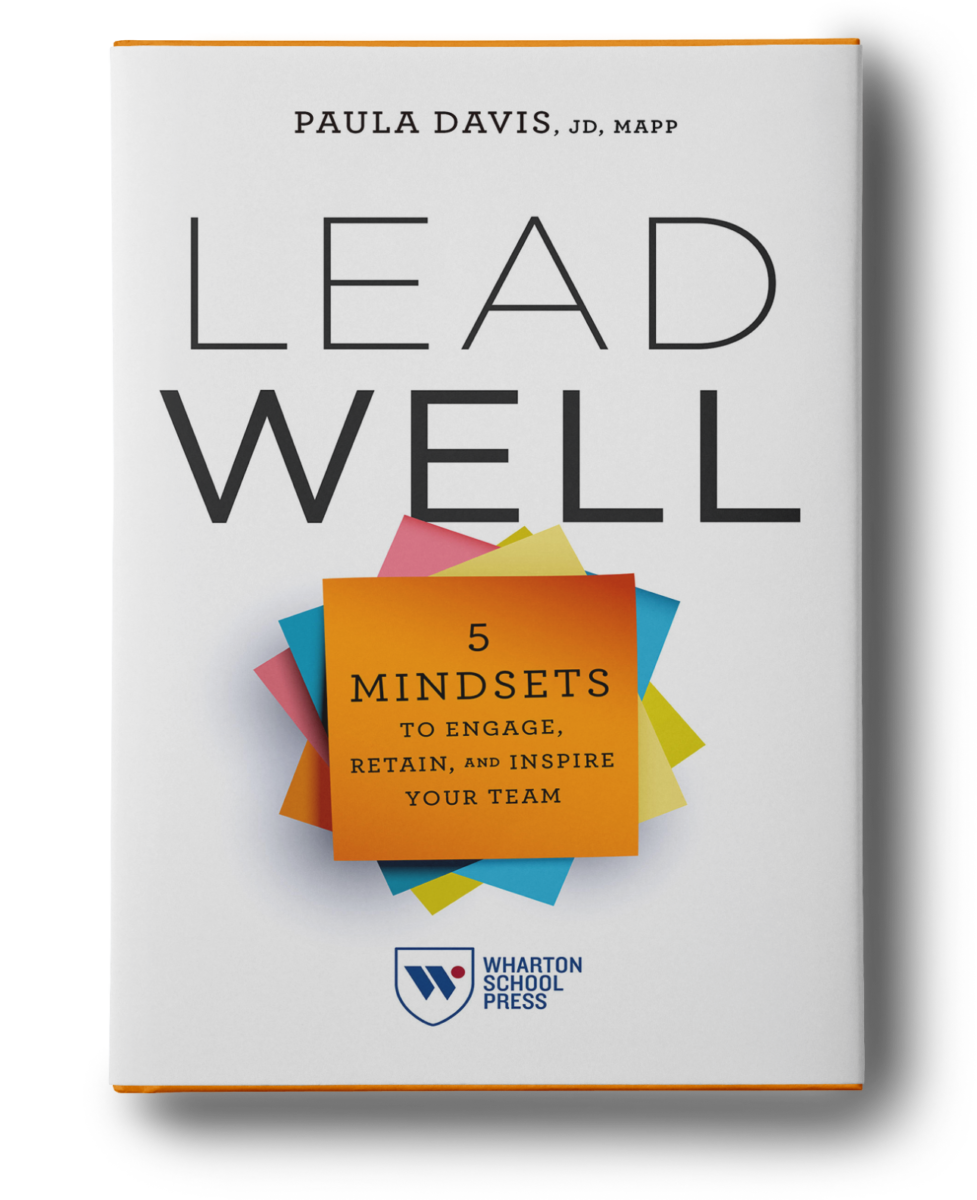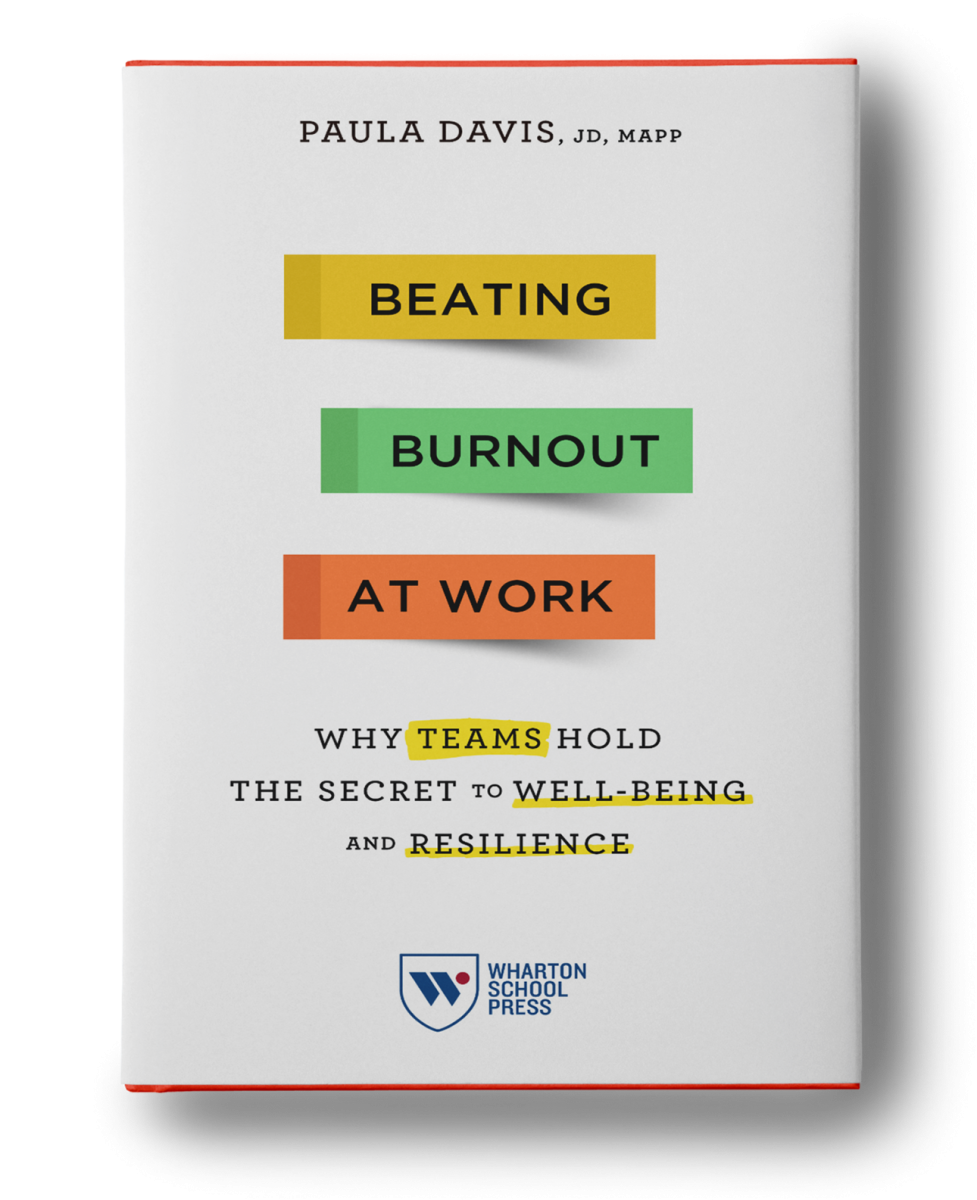The global pandemic that is upon us has forced business owners and leaders to make some very tough decisions. Across the industry, leaders are deciding whether to lay off or furlough workers, cut pay, freeze hiring or cancel important programs and incentives, all while continuing to deliver top-notch service to clients and business partners. But how do you know if you’ve made the right decision? How much thought should you give to crisis-time decision making? Here are two processes to help in making tough decisions – one from psychology and one from the military.
What Psychology Says
Our brains often run on two different tracks when making decisions:
The first one is our intuition or the gut reaction or feel we have for something. It’s a decision you make based on emotion, instinct, and little information. It’s tempting to take a bad stretch at work and decide you will march into the boss’s office, quit on the spot and go start your sure-to-be billion-dollar tech startup, or to move to a warm island. When I was burning out, I fantasized about moving to the warm island all the time. When you’re in this mode, your decisions become automatic and you often don’t give much thought to the exact causes or what influenced the decision. I’m not saying you should never rely on your gut – there are times when you absolutely should – but you must also understand that gut-reactions can be filled with mental short cuts and biases that can lead you in the wrong direction.
The second track is much more deliberate. The reason why you don’t move to the Bahamas when you’ve had a bad week, I suspect, is that you become more deliberate in your thinking. You start to compare costs and benefits, weigh options, and bounce ideas off of other people. While it might be a fun move in the short term, it’s a decision that will have serious consequences long term.
When faced with making tough decisions in a crisis, psychologists suggest a “think instead of blink” approach, with the following four research-based suggestions:
- Write down your knee-jerk, gut reaction(s) to the situation and then put it away for a bit. Once you think through the decision, you can revisit your initial impressions and may reconsider given the insights you developed.
- Seek the opinion of an outsider or an impartial friend, or if you can, try to look at the situation from an objective observer’s perspective. When you’re in the middle of a critical decision, it’s hard to be objective, hence the call to seek an outsider’s opinion.
- Consider the opposite of your gut reaction and analyze the consequences in your mind. If your first thought is to lay off ½ of your workforce, consider the opposite and the consequences.
- If you must make multiple decisions, weigh all of your options at the same time. This type of “joint” decision making is less prone to bias.
The Military Model
Military leaders must make critical decisions all the time in their work. I learned about the Military Decision-Making Process (MDMP) when I worked with soldiers for several years teaching them resilience and stress management strategies. The MDMP is the military’s checks and balances system for crisis decision making. The MDMP has seven steps, which I’ve translated into “civilian speak” with the help of my friend, Lt. Col. Sylvia Lopez. Let’s walk through each of the steps using the following scenario: You are a senior leader in your organization, and you are considering whether to lay people off for the next month due to the pandemic.
Step 1 – Receipt of “Mission”: There is a big, complex issue that needs a decision, and it requires other personnel – likely your team. You all need to be on the same page about the exact decision you’re trying to make.
Step 2 – “Mission” Analysis: The team must analyze all of the variables contributing to the end decision. In our scenario, there will be operational issues, PR consequences to consider, budget and economic ramifications, legal issues and time constraints, to name a few.
Step 3 – Develop Courses of Action: Because it can be tempting (and easy) to get married to your idea, you need to lay out a specific structure for all of your options. You also need to meet the strategic goals laid out by the CEO or senior leadership and explore structured “what if’s.” For example, the CEO might have said to your team, “In thinking about this decision, the best option has to be short-term, involve as few key people as possible, have limited economic impact and there must be a path to quick on-board once the crisis is over.”
Step 4 – Evaluate Each Course of Action: Each leader now separately considers how a decision will impact his or her corner of the world. If you’re an HR leader, you might consider the worker’s comp impact, reintegration messaging and timing and the structure of severance packages.
Step 5 – Compare Courses of Action: The team reconvenes to weigh the results of Step 4. Will the legal ramifications be given more weight in the ultimate decision because the consequences would be far worse for the organization than a temporary budget hit?
Step 6 – The CEO (or ultimate decision-maker) chooses the course of action to take and/or may create a new course of action for the team to execute based on the findings.
Step 7 – Implement the decision.
My first thought was that this process seems too long for the types of decisions Corporate America must make imminently. When I asked Lt. Col. Lopez about that, she said you could proceed through the steps quickly if the right team is in place, the team is diverse and has the right strengths and the leader is focused and delegates well.
Making tough decisions in times of crisis is hard. You want to slow down knee-jerk reactions, but you also don’t want to be paralyzed by analysis. Hopefully, these models give you some framework or structure for reaching the best decision you can make with the information at hand.
Want to know more? Download my free “Is It Stress or Is It Burnout” strategy guide here. You can also learn about our speaking and training programs here.







